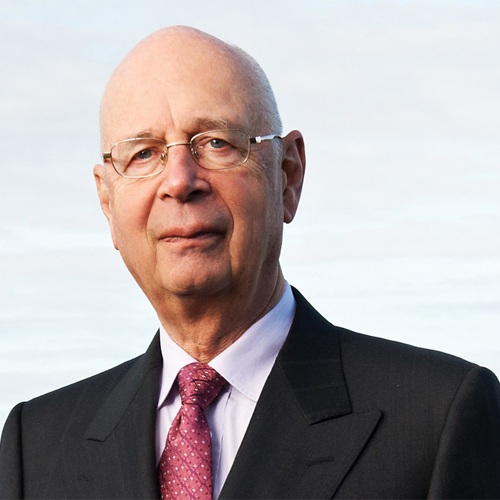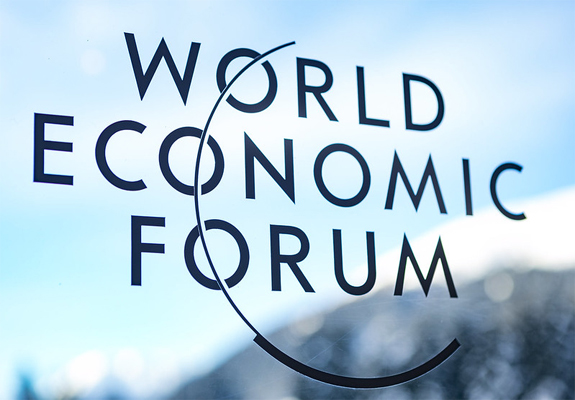The World Economic Forum (WEF) has announced that we won’t achieve gender parity in our lifetime, nor during our children’s lifetime. Its latest findings, published in the Global Gender Gap Report 2020, reveals that it will take around 99.5 years to achieve gender parity.
While it’s an improvement on 2018 – when the gap was calculated to take 108 years to close – it still means parity between men and women across health, education, work and politics will take more than a lifetime to achieve, says WEF.
The global organisation attributes this slight improvement to a significant increase in the number of women in politics. The political gender gap will take 95 years to close, compared to the 107 years predicted last year. Globally, women today hold 25.2% of parliamentary lower-house seats and 21.2% of ministerial positions, compared to 24.1% and 19% respectively, in 2018.
ECONOMIC GENDER GAP
That said, politics remains the area where the least progress has been made to date, confirms WEF. With educational attainment and health and survival much closer to parity on 96.1% and 95.7% respectively, the other major battlefield is economic participation. Looking at the progress that has been made since 2006 when WEF first began measuring the gender gap, this economic gender gap will now take a ‘sobering’ 257 years to close, compared to the 202 years, predicted just last year.

The WEF report attributes the economic gender gap to three primary reasons: women have greater representation in roles that are being automated; not enough women are entering professions where wage growth is the most pronounced (most obviously, but not exclusively, technology), and women face the perennial problem of insufficient care infrastructure and access to capital.
“Supporting gender parity is critical to ensuring strong, cohesive and resilient societies around the world. For business, too, diversity will be an essential element to demonstrate that stakeholder capitalism is the guiding principle. This is why the World Economic Forum is working with business and government stakeholders to accelerate efforts to close the gender gap,” said Klaus Schwab, Founder and Executive Chairman of the WEF.

UNDER-REPRESENTATION IN EMERGING ROLES
WEF believes that the greatest challenge preventing the economic gender gap from closing is women’s under-representation in emerging roles. New analysis conducted in partnership with LinkedIn shows that women are, on average, heavily under-represented in most emerging professions. This gap is most pronounced across the ‘cloud computing’ job cluster where only 12% of all professionals are women. The situation is hardly better in ‘engineering’ (15%) and ‘Data and AI’ (26%), however women do outnumber men in two fast-growing job clusters, ‘content production’ and ‘people and culture’, according to the report.
“According to our data, this reality presents leaders intent on addressing the gender gap in the future with two key challenges,” says WEF. “The first and most obvious challenge is that more must be done to equip women with the skills to perform the most in-demand jobs. Indeed, there is an economic cost of not doing so as skills shortages in these professions hold back economic growth.”
The second, challenge is somewhat more complex. Even where women have the relevant in-demand skillset they are not always equally represented. In data science, for example, 31% of those with the relevant skillset are women even though only 25% of roles are held by women, adds WEF. Likewise, there is no gender gap in terms of skills when it comes to digital specialists, however only 41% of these jobs are performed by women.
These facts point to three key strategies that must be followed to hardwire gender equality into future workforces, says WEF. These includes:
- Ensuring women are equipped in the first place – either through skilling or reskilling – with disruptive technical skills.
- Following-up by enhancing diverse hiring.
- Creating inclusive work cultures.
“Insights from LinkedIn’s Economic Graph can help policymakers, business leaders, and educators understand and prepare for how women will be represented in the future workforce. Our data shows that meaningful action is needed to build the systems and talent pipelines required to close the gender gap in tech and ensure women have an equal role in building the future,” stated Allen Blue, Co-Founder and Vice-President, Product Strategy, LinkedIn.
WEF’S INITIATIVES
The WEF says it aims to close economic gender gaps through both in-country and global industry work. Its Closing the Gender Gap Accelerators will drive change by setting up action coalitions between relevant ministries and the largest employers in a country to increase female labour force participation, the number of women in leadership positions, closing wage gaps and preparing women for jobs of the future. Additionally, the global business commitment on Hardwiring Gender Parity in the Future of Work, mobilises businesses to commit to hiring 50% women for their five highest growth roles between now and 2022, adds WEF.
Finally, WEF confirms that it has also committed to at least doubling the current percentage of female participants at the Annual Meeting in Davos-Klosters, Switzerland, by 2030. “To get to parity in the next decade instead of the next two centuries, we will need to mobilise resources, focus leadership attention and commit to targets across the public and private sectors. Business-as-usual will not close the gender gap – we must take action to achieve the virtuous cycle that parity creates in economies and societies,” stated Saadia Zahidi, Head of the Centre for the New Economy and Society and Member of the Managing Board of WEF.
The report also reveals that Nordic countries continue to lead the way to gender parity. Iceland remains the world’s most gender-equal country, followed by Norway, Finland, Sweden, Nicaragua, New Zealand, Ireland, Spain, Rwanda and Germany.
Click here for a copy of the Global Gender Gap Report 2020.







































